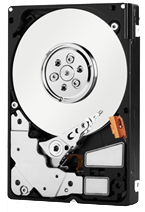
Quadro FX 1800 - a professional workstation video card
Slightly over a week ago we showed you Part 1 of the Leadtek Quadro FX 1800 video card review here, now we'll continue with Part 2. If you haven't read Part 1, we suggest you do, and if you have no idea what Quadro is (compared the the more popular GeForce), then we suggest you read the primer which is mentioned in Part 1, and where to look for it. Now let's continue!
Energy
Energy
It's a small world after all...
Energy is a big issue in today's world. From global warming to climate change and fossil fuels and green alternatives, energy efficiency is a important element for our current state of survival if we're to go further without screwing up the planet even more - conspiracy theories aside about how the greenhouse effect is just a phase of the Earth. So it comes no surprise that today's electronic devices focus heavily on their power consumption and the Quadro is no different.
Unlike the GeForce, which is designed for 3D games and thus won't be taxed at it's full potential for hours (unless perhaps inside a cyber-cafe!), the Quadro might be used for hours on an end, especially since it's designed for work while the GeForce is for play. Think about it - what do you spend more time on? Working or playing? Well if you're a professional gamer it's out of the question!
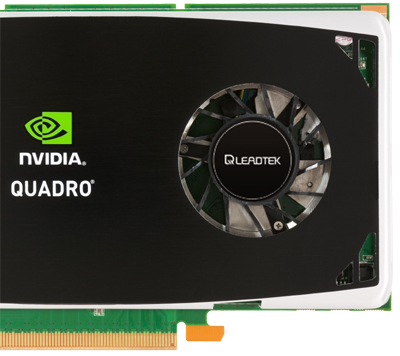
Look! No power ports!
So it becomes obvious that the Quadro needs to factor in electricity savings as well and boy does it! At first glance you'll notice the Leadtek Quadro FX 1800 does not have any PCI Express pin power requirement at all! On the other hand, the GeForce GTX 285 needs a whopping dual 6-pin PCIe power plugs from your PSU (Power Supply Unit)! Keep in mind only high-end PSUs above 600-Watts or so MAY have dual PCIe power connectors so you may also have to buy a new PSU if you're using the GeForce 285!
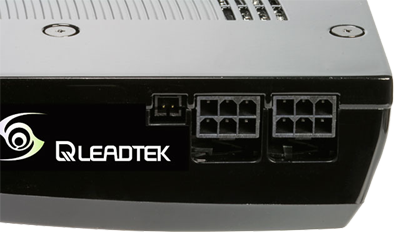
You'll need DUAL 6-pin PCI Express power plugs from your PSU!
So how much power DOES the 285 consume as compared to the energy-efficient Leadtek Quadro FX 1800? To measure this, we'll need to use what's called a Plug-In Power Monitor, which basically shows how much electricity (measured in Watts) is being drawn from the electrical socket to be used by the computer which is having the respective card installed in it.

The Leadtek Quadro FX 1800 on our Intel Core i7 (Nehalem) Platform
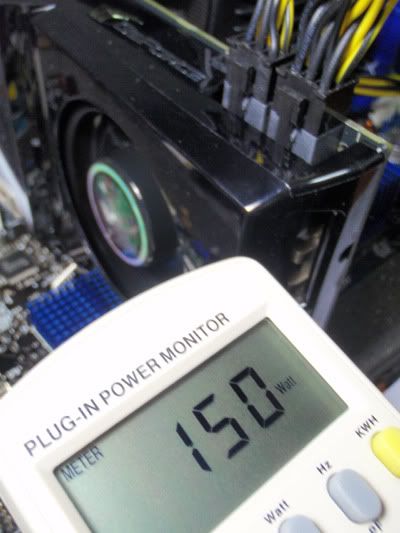
The GeForce GTX 285 on our same Intel Core i7 (Nehalem) Platform
37Watts more while running - and that's only idle! So you can imagine what happens during intense full usage like being taxed by 3D processing! Now multiply that by the minutes, hours, days, weeks and months you'll be using a 285 as compared to this Leadtek Quadro FX 1800 and you'll soon be running up a huge bill that you could save were you running the Quadro instead!
Here's the YouTube videos from BrickGamers Channel where you can see the power difference when the Leadtek FX 1800 and 285 powers up. Both are running on the same platform, so the differences you see in Watts being consumed shows directly how much is used:
Leadtek Quadro FX 1800 @ Nehalem Platform
GeForce GTX 285 @ Nehalem Platform
GeForce GTX 285 @ Nehalem Platform
Thermals
The side-effect of energy is heat and once again this can be seen in the Leadtek Quadro FX 1800 as compared to the 285. Notice how much cooler the 1800 runs compared to the 285:
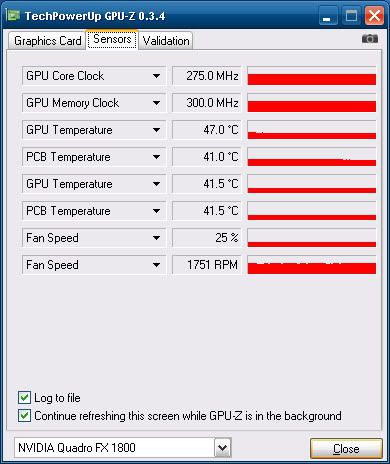
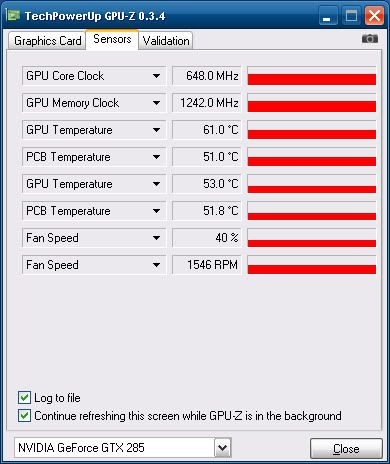
Extra power consumption aside, all these extra heat also spells cooling, which means you need to spend more power to not only cool the card, but also the insides of your computer casing, to prevent other components from heating up and overall slowing down your whole machine. So what you have here is both extra power consumption in terms of running the 285 as well as cooling it. This is yet another aspect where the Quadro shines in and is worth that extra cost.
Part 3 we'll look at the gaming aspects of the Quadro FX 1800. While it's not a gaming card, it's good to see just how much it can do so you do get to also play some games on it after working!
The side-effect of energy is heat and once again this can be seen in the Leadtek Quadro FX 1800 as compared to the 285. Notice how much cooler the 1800 runs compared to the 285:


Extra power consumption aside, all these extra heat also spells cooling, which means you need to spend more power to not only cool the card, but also the insides of your computer casing, to prevent other components from heating up and overall slowing down your whole machine. So what you have here is both extra power consumption in terms of running the 285 as well as cooling it. This is yet another aspect where the Quadro shines in and is worth that extra cost.
Part 3 we'll look at the gaming aspects of the Quadro FX 1800. While it's not a gaming card, it's good to see just how much it can do so you do get to also play some games on it after working!
More Data?



